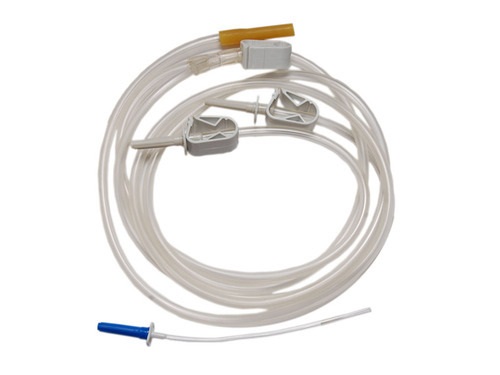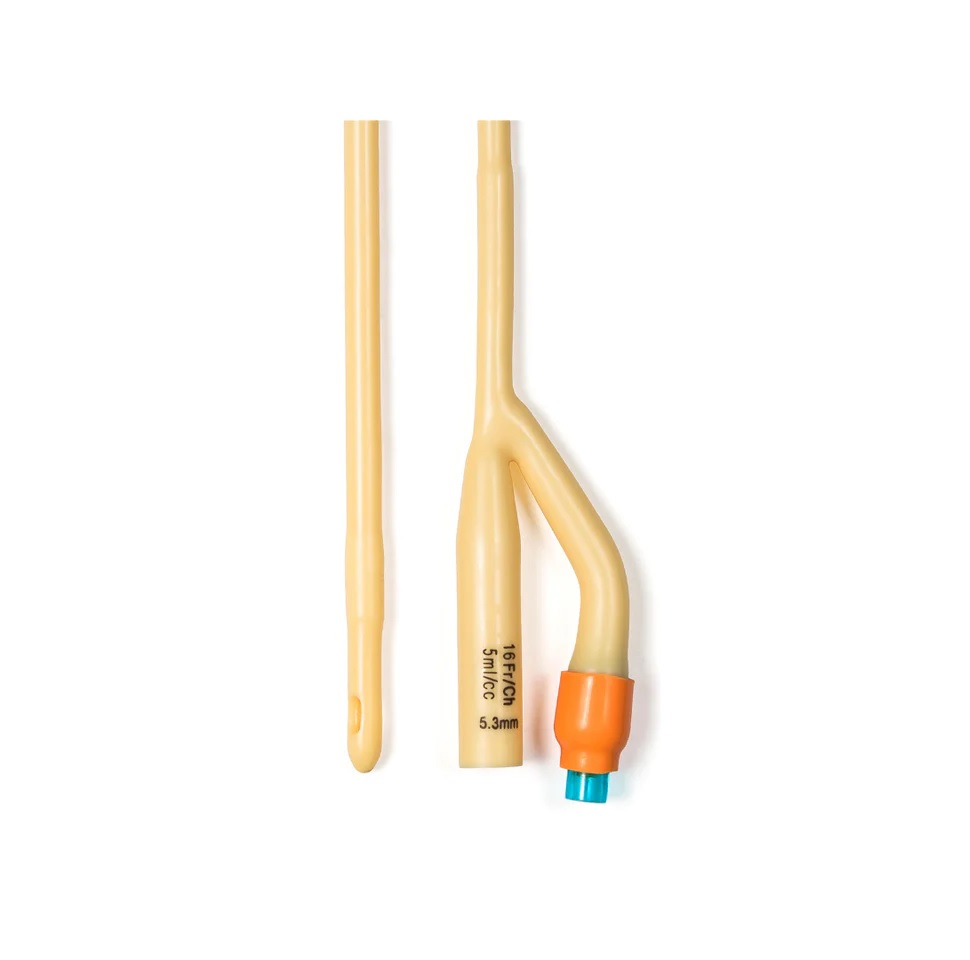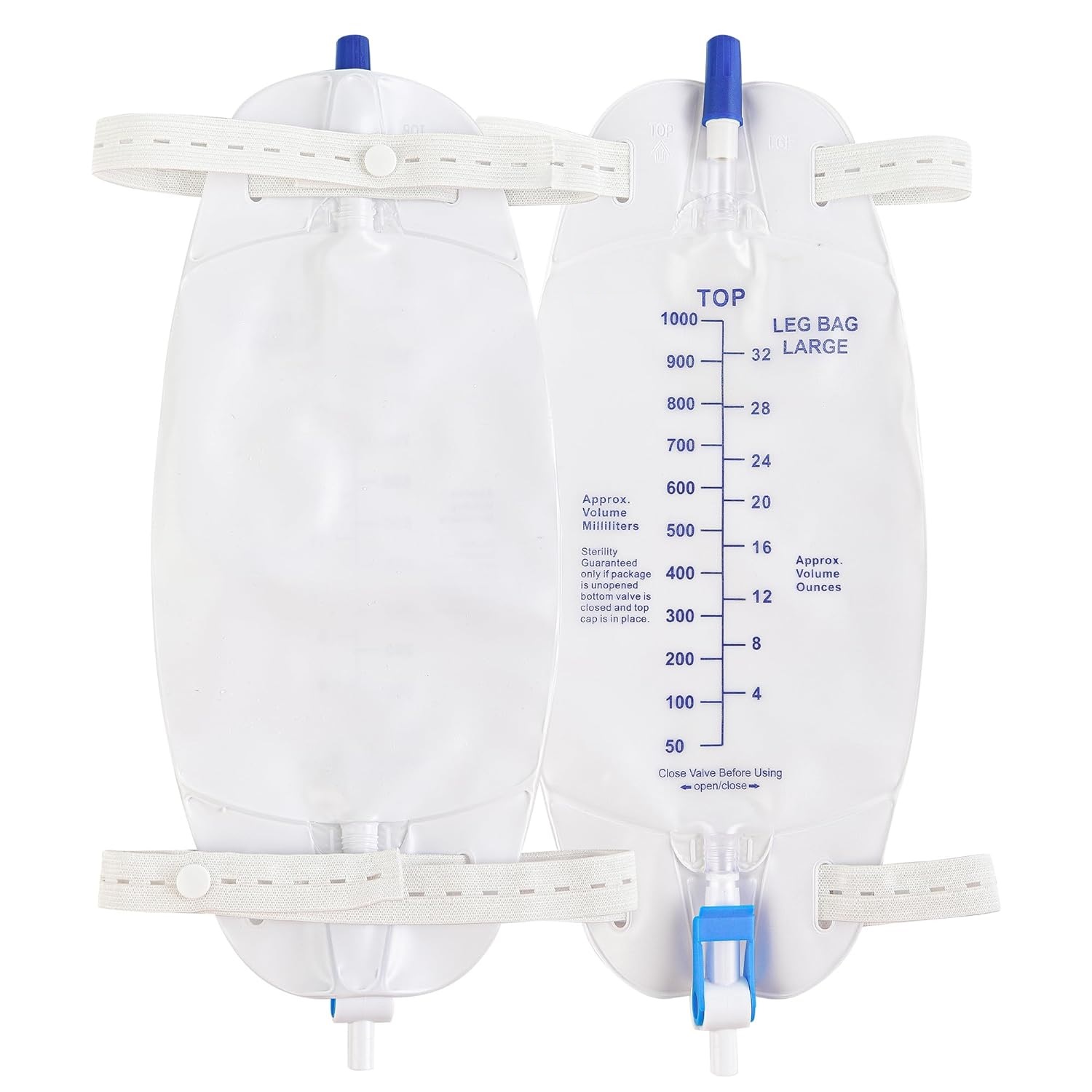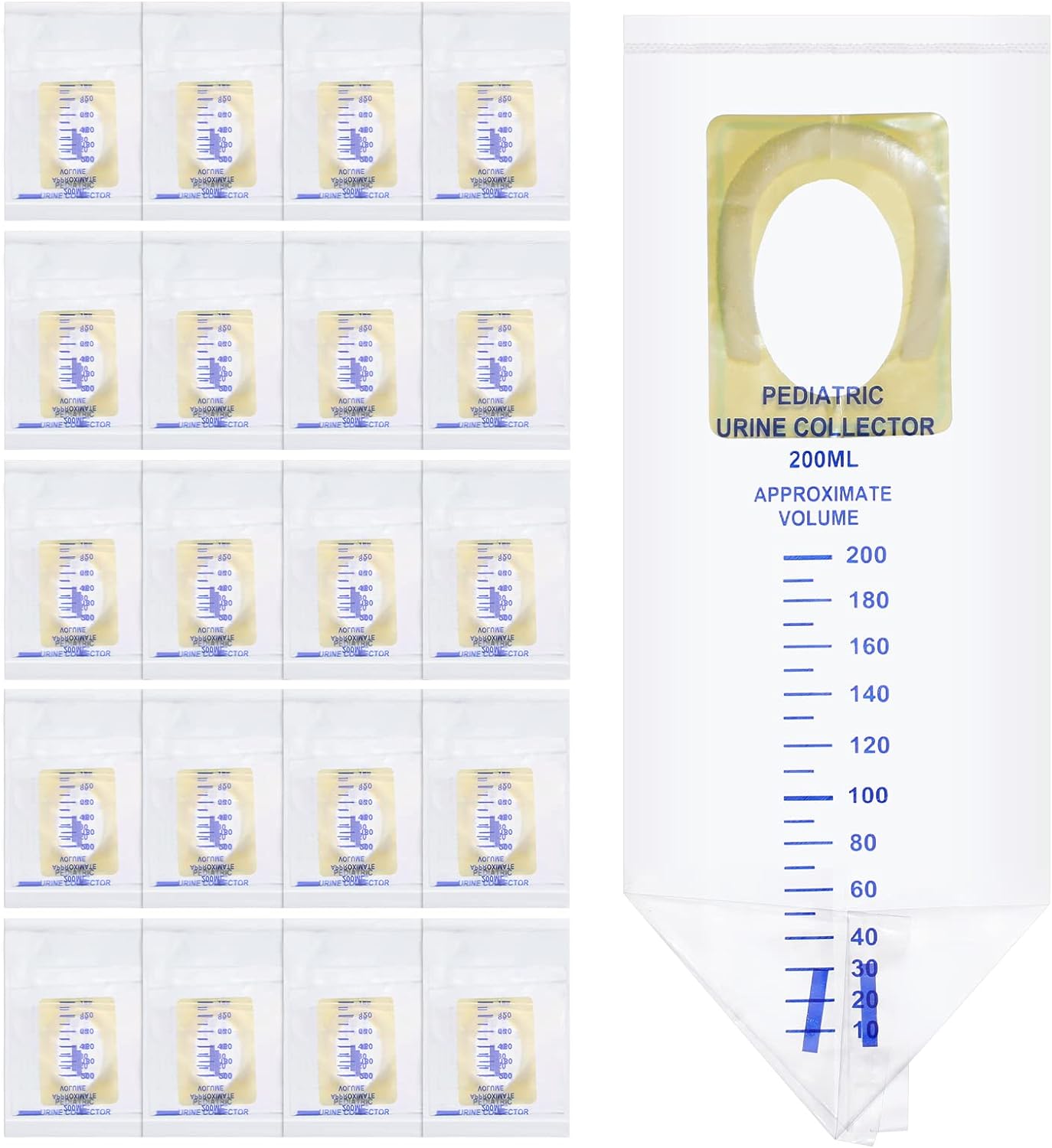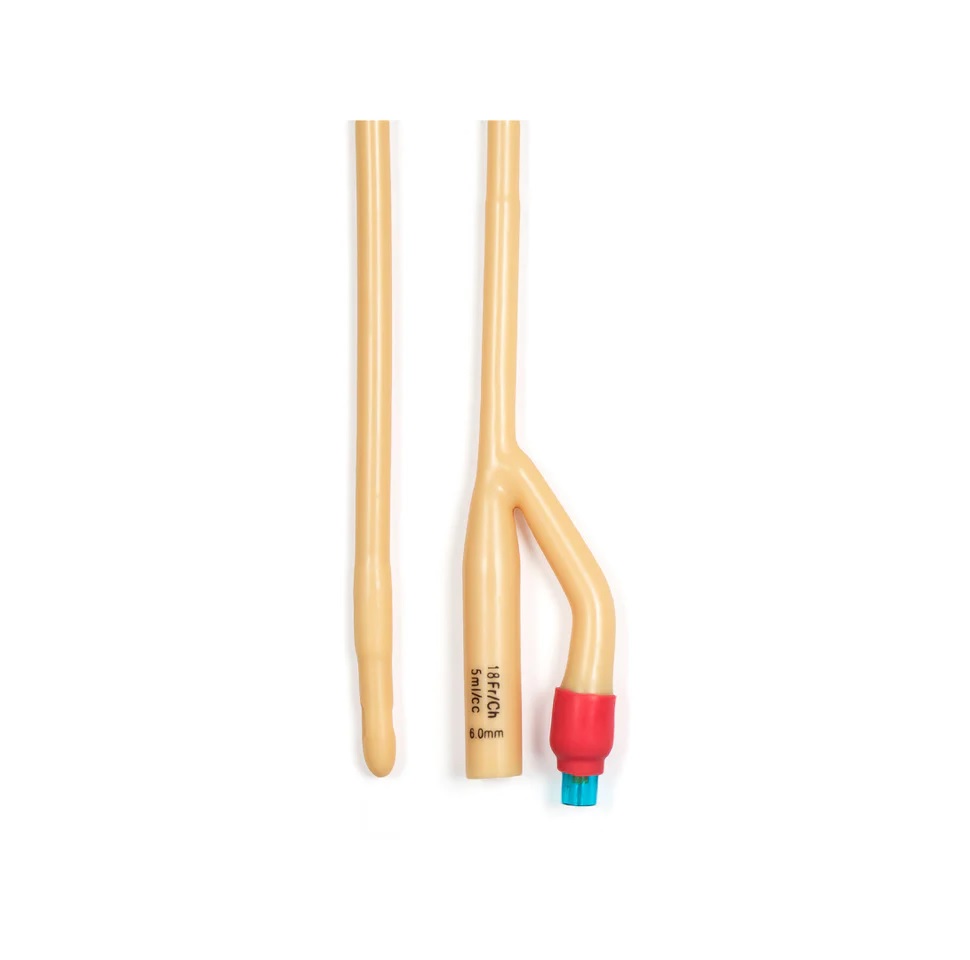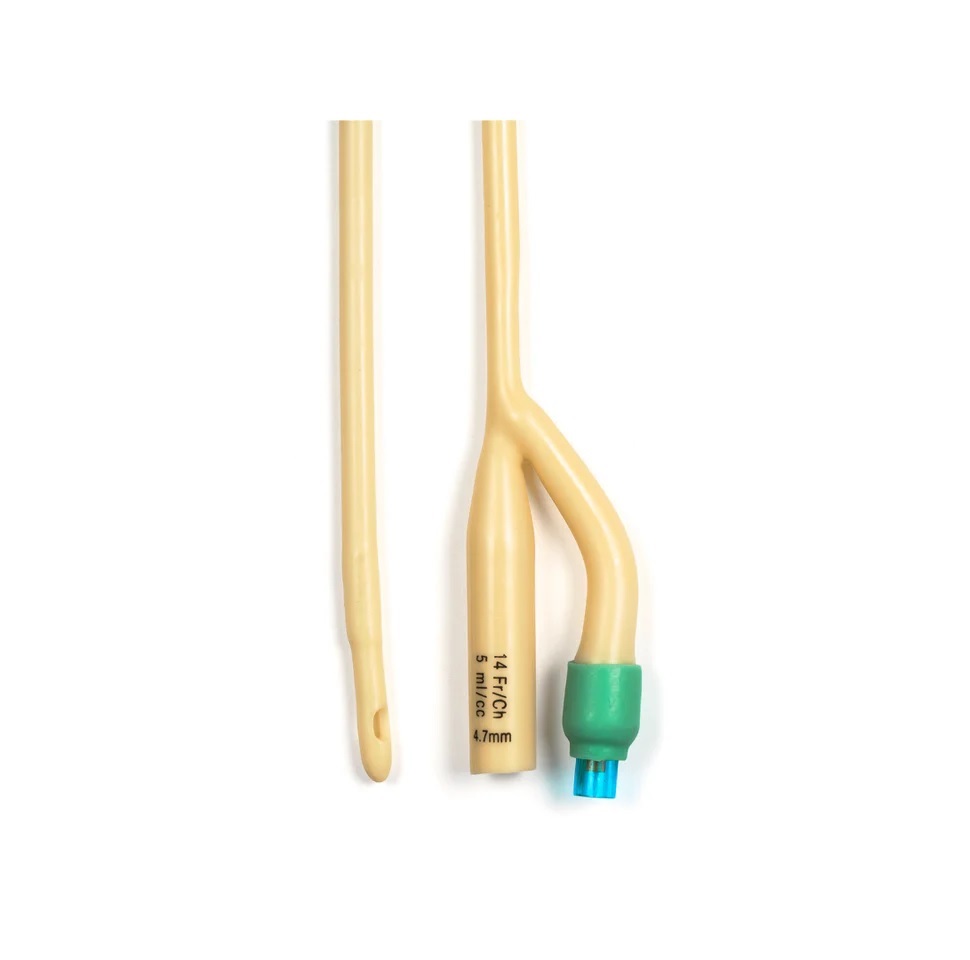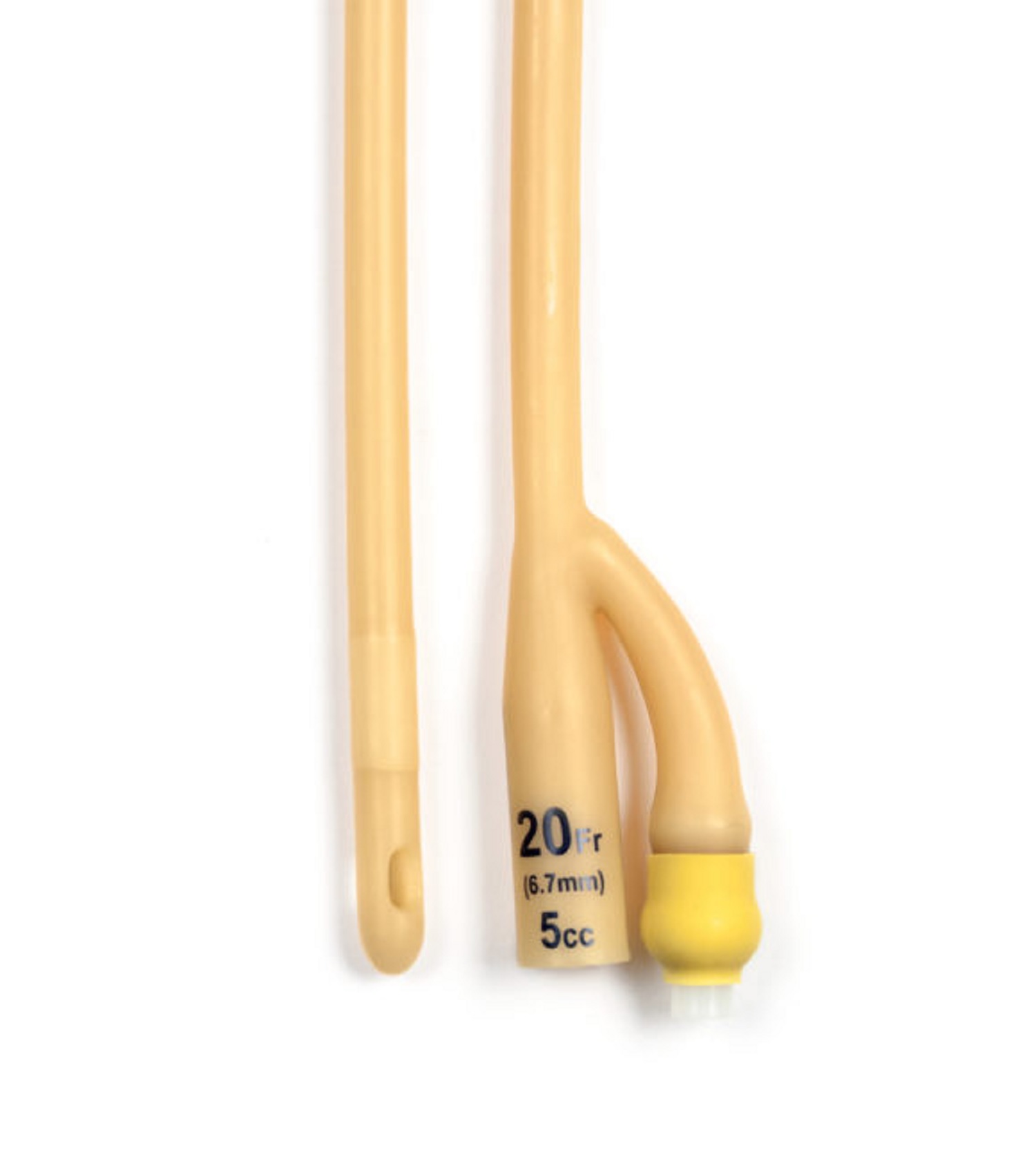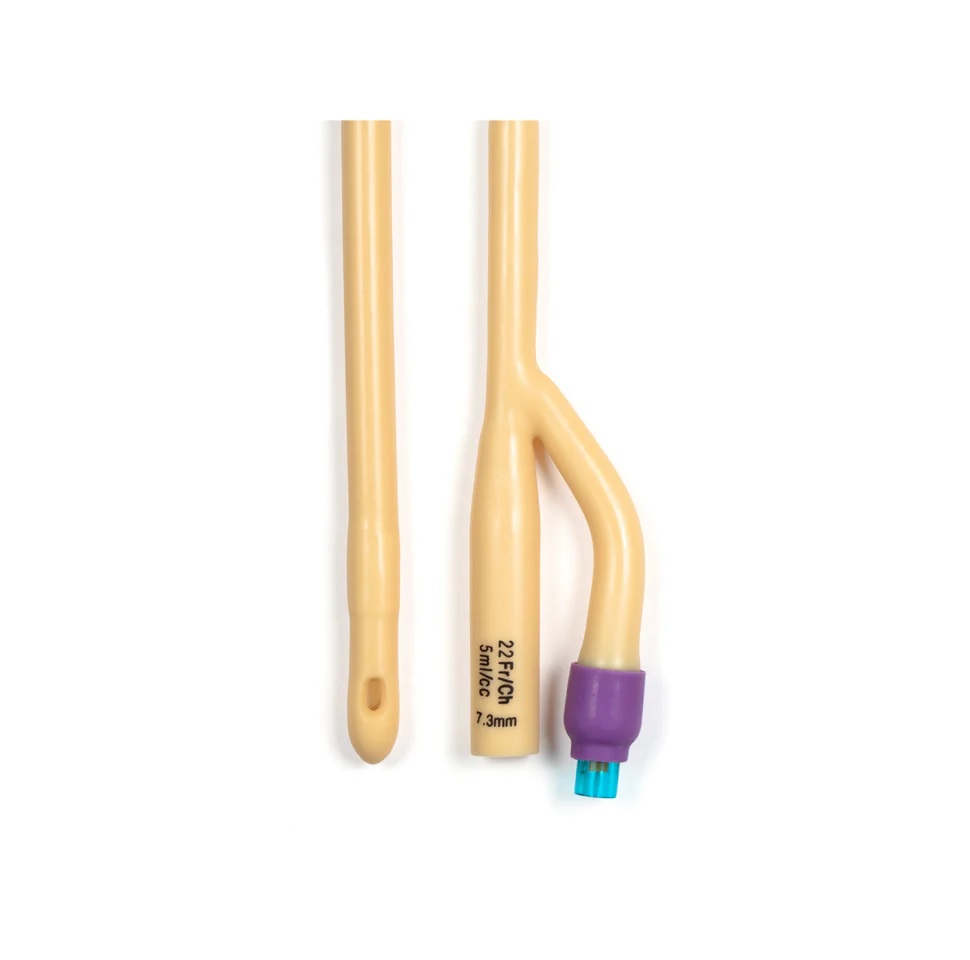Mowell Ketone Reagent 10Parameter Urine Test Strips (Pack of 100)
Product Code: MED 128
Specifications: About this item Keep away from light and moisture Contains 100 test strips in sealed single pack. Immediately close cap and do not remove desiccants Do not touch areas of reagents strips while testing as well as during result Read instructions before use Please note : This product is For Ketone analysis only (Not for Glucose)
- A urinalysis is a test of your urine. Urine is produced by the kidneys. The kidneys filter wastes out of the blood, help regulate the amount of water in the body, and conserve proteins, electrolytes, and other compounds that the body can reuse. Therefore, by examining the composition of urine, many disorders can be detected. A typical 10 parameter urinalysis test strip (dipstick) is lined with 10 different reagent test pads that change color in response to the chemical characteristics of the urine and can help in general monitoring of health as well as detection of a broad spectrum of abnormalities. This is the same kind of test medical professionals use to assist in diagnosis.
- A home-use urinalysis strip can enable you to monitor your health from the convenience of your home without going to a medical professional for a Urinalysis test every time you think you have some issue, which can be very expensive and time consuming.

10 PARAMETER URINE TEST STRIPS
- Glucose
- Protein
- pH
- Leukocytes
- Nitrites
- Ketones
- Bilirubin
- Blood
- Urobilinogen
- Specific Gravity

Glucose
Glucose is normally not present in urine. When glucose is present, the condition is called glucosuria. This often happens if there is abnormally high level of glucose present in the blood.
Bilirubin
Bilirubin is a yellowish pigment found in bile, a fluid produced by the liver. Bilirubin is not present in the urine of normal, healthy individuals. Increased bilirubin levels indicate different forms of liver disease
Ketones
Ketones are produced when the body burns fat for energy or fuel. They are also produced when you lose weight or if there is not enough insulin to help your body use sugar for energy. Ketones are not normally found in the urine.
Specific Gravity
Urine specific gravity is a measure of concentration of all chemical particles in the urine. Reduced specific gravity indicates other renal disorders.
Blood
Blood in the urine is not a normal finding, but it is not uncommon and not necessarily a cause for alarm. Blood is often, but not always, found in the urine of menstruating females.
PH
A urine pH test measures the level of acid in urine. Normal urine is slightly acidic, with pH value ranging from 5 to 8.
Protein
A protein in urine test measures how much protein is in your urine. Proteins are substances that are essential for the body to function properly.
Urobilinogen
Urobilinogen is formed from the reduction of bilirubin. Bilirubin is a yellowish substance found in the liver that helps break down red blood cells. Normal urine contains some urobilinogen (up to 1.0 mg/dL).
Nitrite
Normal urine contains chemicals called nitrates. If bacteria enter the urinary tract, nitrates can turn into different, similarly named chemicals called nitrites. Nitrites in urine may be a sign of a urinary tract infection (UTI).
Leukocyte
Leukocytes (white blood cells) are the cells of the immune system that are involved in protecting the body against both infectious diseases and foreign invaders.
DIRECTION OF USE

1. Immerse
Immerse the strip into the urine sample and remove immediately by dragging the edge of the strip against the container rim to remove excess urine. If reading the strip visually, start timing. Always use fresh urine specimen in a clean, dry container.
2. Wait
Place the strip horizontally on a paper towel or tissue to remove excess and wait until results are ready to be read. The reading time for different tests is provided on the product packaging or package insert.
3. Compare
Compare each test pad to the corresponding row of color chart (see the example color chart below) on the package insert (or packaging) to find the closest match. Read the results carefully within 60 seconds in a good light. Usually changes in color that appears after 2 minutes are of no diagnostic significance.

READING THE RESULTS
- Each vial of urinalysis reagent strips(urine test strips) includes a color coded chart.
- The reactive color of each panel on the test strip is compared to the closest corresponding color on the result chart. The concentration level range for each chemical marker is indicated below each color block on the result chart.
- As with all tests dealing with color intensity or color matching, it is often recommended to obtain another person's interpretation of the test result. Shown to the left is the color result chart for the ten parameter test strip. Each of the ten reactive reagent pads on the test strip are compared to the corresponding line of color blocks on the chart.
- The closest color match indicates the test result. Use of reagent strips (urine test strips) are intended as an initial indication only of elevated chemical markers and not conclusive of a specific diagnosis
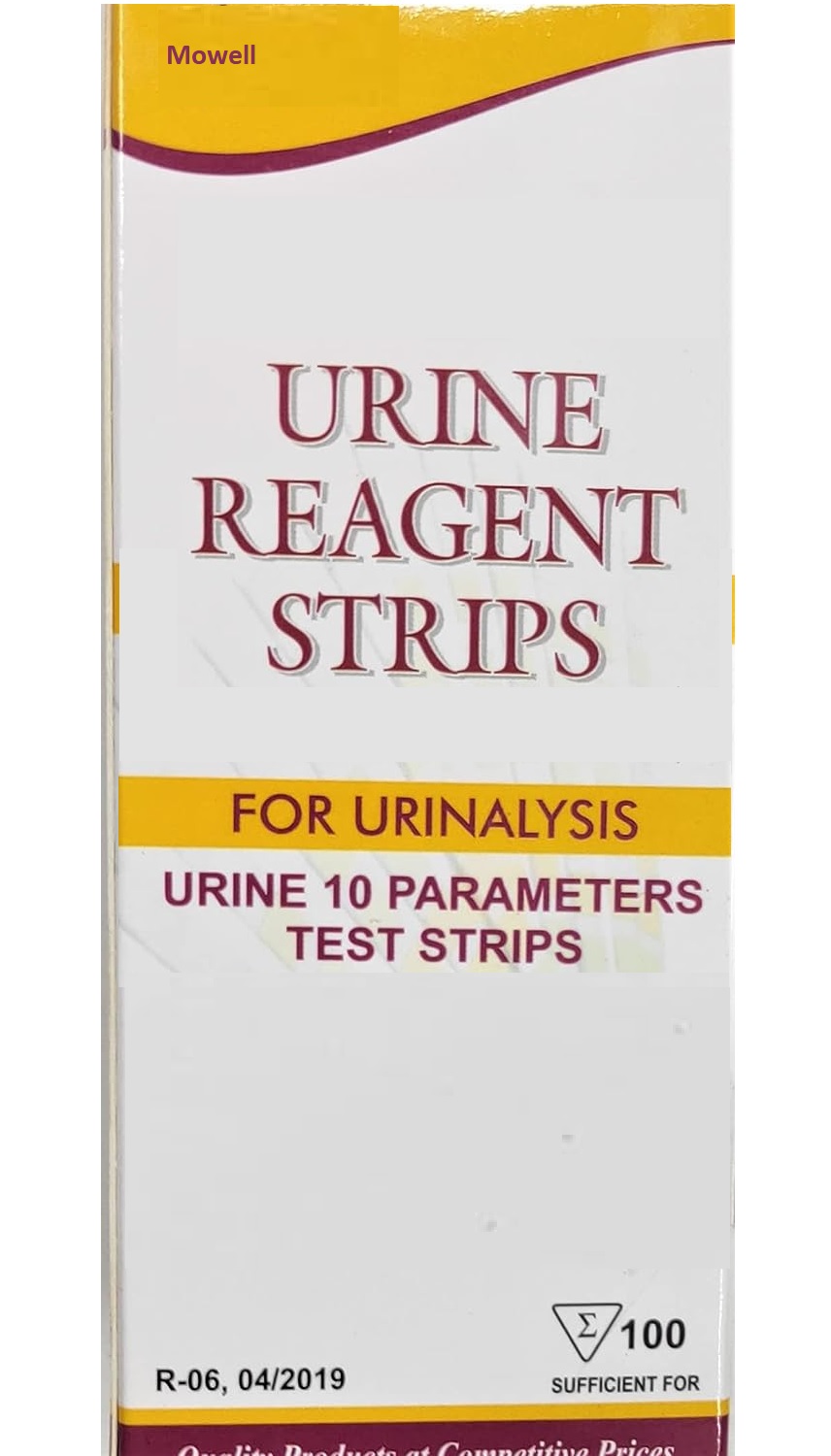
Medical Disposables
Mowell Ketone Reagent 10Parameter Urine Test Strips (Pack of 100)
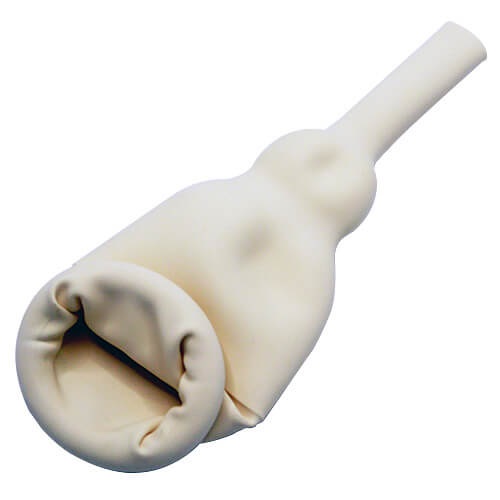
Medical Disposables
Male External Catheter (Penile Sheath)
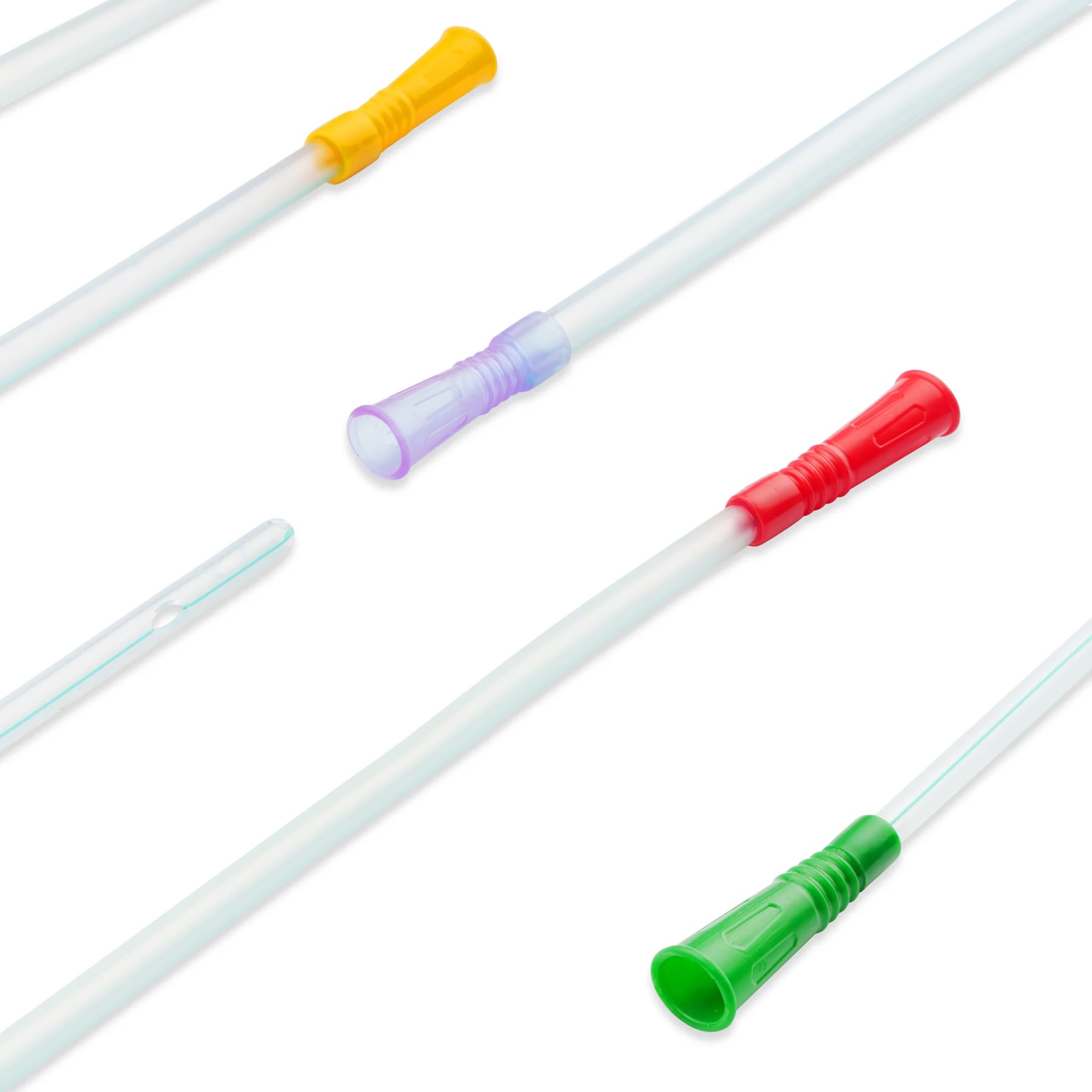
Medical Disposables
Mowell Nel Cath - Nelaton Catheter (Urethral Catheter) FR- 6 to 24

Medical Disposables
Medrop Urine Accumulation Bag with Moulded Handle, Capacity - 2000ml
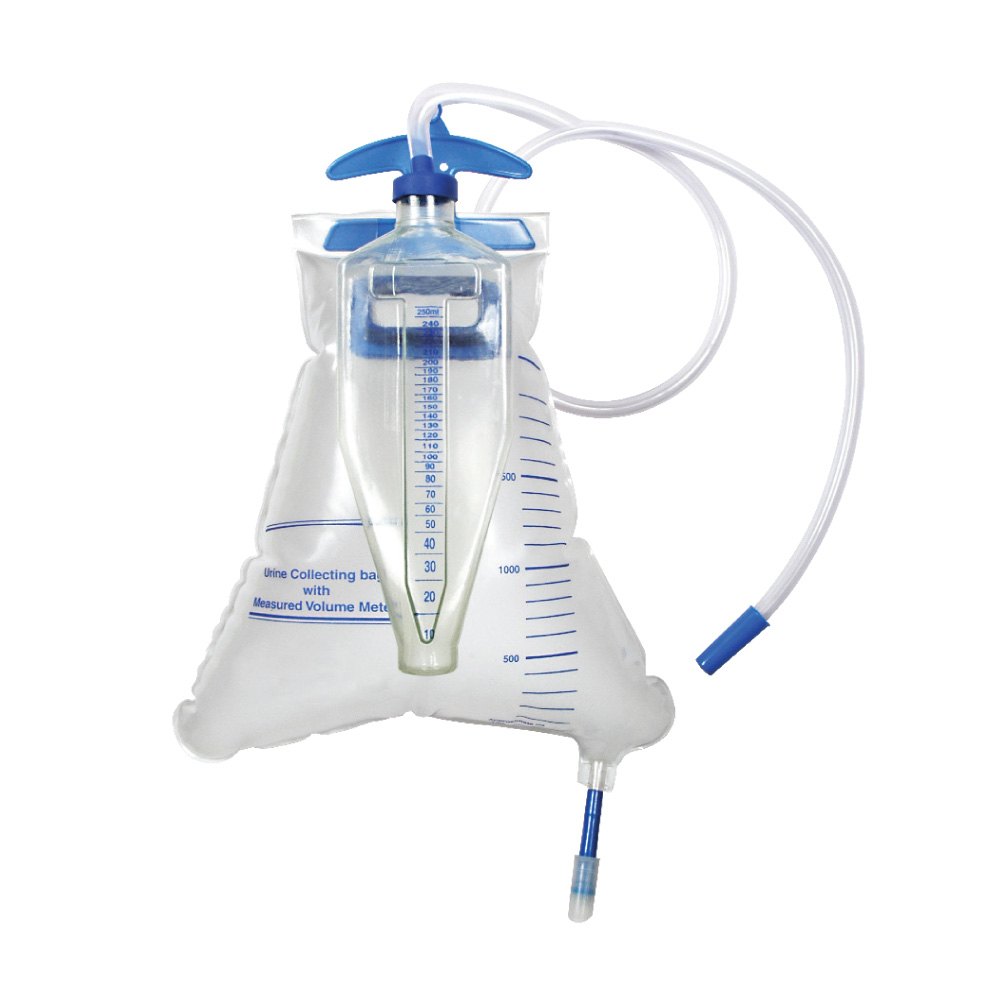
Medical Disposables
Medrop Urometer, Urine bag with volumetric/urometer for hourly output, 2000ml
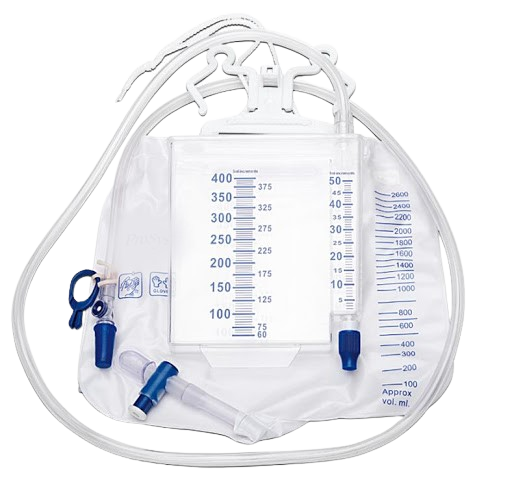
Medical Disposables
Urine Collecting Bag with Volume Meter Three Chambers System
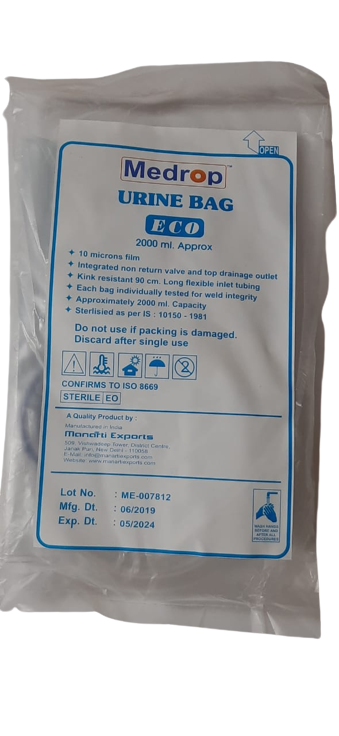
Medical Disposables
Urine Collecting Bag(ECO)
